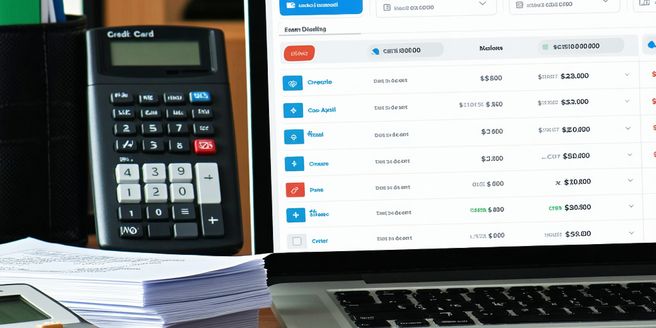
Understanding Credit Card Deactivation
Credit card deactivation can be an essential step for managing personal finances, but it’s important to understand its implications. Deactivation doesn’t merely close an account; it ends the access to the credit line it offers. This financial tool becomes inactive, and any benefits or incentives tied to it cease. Often, deactivation is confused with closing an account. The two are distinct actions in the banking world. It is crucial to check the terms and conditions of the card issuer before proceeding. Sometimes, cards with attached subscriptions or recurring charges can complicate the deactivation process. Notifying businesses tied to the card prevents potential problems. By fully understanding these elements, cardholders can make informed choices that align with their financial goals.
Myth: Deactivation Hurts Your Credit Score
It is a common myth that deactivating a credit card will harm your credit score. In reality, the impact largely depends on various factors. One aspect to consider is the credit utilization ratio, which compares your total used credit against your total available credit across all cards. Deactivating a card can increase this ratio if the remaining cards have high balances. However, if the deactivated card was rarely used, the effect might be minimal. Moreover, the length of credit history counts; removing a long-held card can slightly lower your score temporarily. Nevertheless, maintaining on-time payments and managing other lines of credit effectively has a more significant impact. A comprehensively managed credit profile will withstand card deactivation without much damage.
Myth: Cancelled Cards Attract Fraud
There is a misconception that cancelling a credit card makes it more vulnerable to fraud. Interestingly, most credit card fraud occurs while the card is active because it can be used for transactions. Canceling a card responsibly can actually enhance your financial security. Once a card is deactivated, any attempt to use the account will be denied, which significantly reduces the risk. Card issuers have robust security measures even for closed accounts, preventing fraudulent activity. It is wise to monitor your credit reports regularly to ensure no unauthorized actions occur. Identity thieves target personal information rather than inactive accounts. Thus, protectively monitoring your personal details across financial platforms offers greater protection compared to merely keeping cards open for fear of fraud.
Myth: Retaining Cards Always Benefits Your Score
The belief that keeping all credit cards open is always advantageous to your credit score is not entirely accurate. While having multiple cards contributes to a higher available credit limit, it also requires careful management. If the cards remain unused, creditors may choose to close them due to inactivity, which can affect your score unexpectedly. Moreover, having several cards might lead to unintentional overspending, increasing debt risk. It’s essential to evaluate your financial situation; if a card doesn’t provide benefits, it may be worth deactivating. A focused approach, using a few cards effectively with minimal balances and timely payments, often results in a strong credit profile. Doing so ensures that the cards you keep align with your spending habits and financial goals.
The Right Way to Deactivate a Credit Card
Deactivating a credit card should be a strategic decision made after careful planning. First, settle any outstanding balance and redeem rewards before proceeding. Contact the card issuer directly, either through customer service or online portals, to express your intention. Confirm the deactivation in writing for documentation. Avoid closing the card abruptly if it’s your longest-held account, as length of credit history impacts your score. Instead, weigh its benefits and consider alternatives. Always keep an eye on your credit reports to ensure the closure processes correctly and no additional charges occur. Keep in mind that thoughtful deactivation not only simplifies your financial life but also helps maintain your credit standing efficiently. Proper management leading up to and after deactivation is key to a seamless transition.
